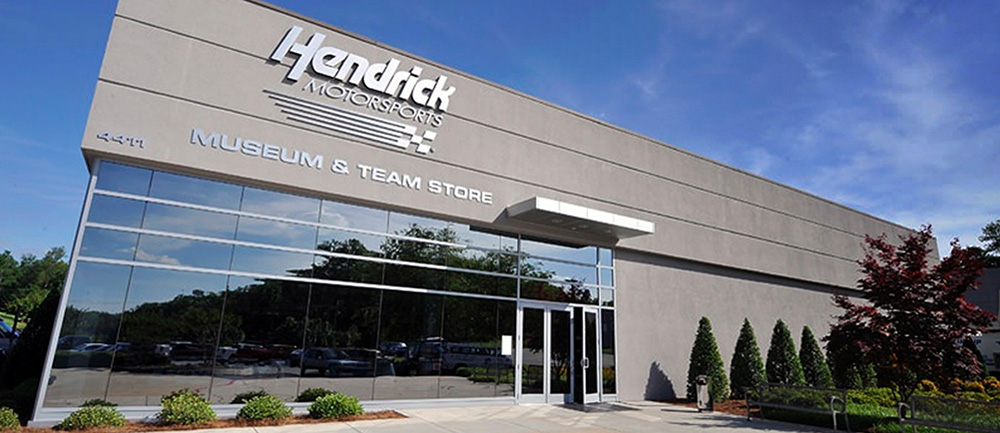
CONCORD, N.C. – Wednesday morning, NASCAR announced a new damaged vehicle policy for all three series, including the NASCAR Cup Series.
Beginning this season, teams will not be allowed to replace damaged car body parts that are the result of contact or incidents. Repairs such as fixing damaged sheet metal will still be permitted, though the teams will have a five-minute time limit to fix the damage once the car enters pit road.
If the car is forced to head behind the pit wall to the garage, it will not be allowed to re-enter the race. Additionally, if the five minutes allotted to make repairs on pit road is exceeded, the car will not be allowed to re-enter the race.
If a car is able to return to the track and meet the minimum speed requirement after repairs have been made, the five-minute clock will be reset if the car needs to return to pit road for more repairs.
An exception to the rule comes if a car experiences a mechanical or electrical failure that is not the result of contact or an incident. Those repairs will be permitted either on pit road or the garage area without a five-minute clock.
No. 5 team crew chief Keith Rodden said that in his opinion, the main benefit of the new policy will be increased safety.
"It makes it safer for both the drivers and the team members."
No. 5 team crew chief Keith Rodden
In the past, the garage area after a major incident that forced the crew to work on a heavily damaged car could potentially be dangerous.
"It was just organized chaos to assess the damage, come up with a plan to fix the damage and then start the repair while making sure everyone stayed safe," Rodden explained.
"Even after we got the cars fixed as quickly and as safely as possible, the driver would have to get back in and ride around in a car that may not handle very well and try to keep up to minimum speed."
No. 48 team crew chief Chad Knaus agreed that asking the pit crew members to work on the cars in that environment and then asking the driver to get back on the track in a damaged vehicle didn’t always provide the safest scenario.
“So, from that standpoint, I like it,” Knaus said of the new policy. “I think it’s great.”
Under the new guidelines, cars that need to head straight to the garage for repairs now will simply not be allowed to return to the track.
"It makes it safer for both the drivers and the team members," Rodden said.
An additional benefit to the sport’s safety was also announced Wednesday morning, as NASCAR has teamed with American Medical Response to expand and enhance its medical support and on-track incident response.
A doctor and paramedic will now be added to the on-track safety team during every NASCAR Cup Series race weekend, in addition to the experienced local emergency room physicians that already staff the Infield Care Centers at every track.
“This partnership further strengthens NASCAR’s medical response capability, making our well-established, medical response system even better,” said Steve O’Donnell, NASCAR executive vice president and chief racing development officer. “AMR is a leader in the emergency services sector, and its doctors and paramedics add another layer of expertise to the immediate response team.”







